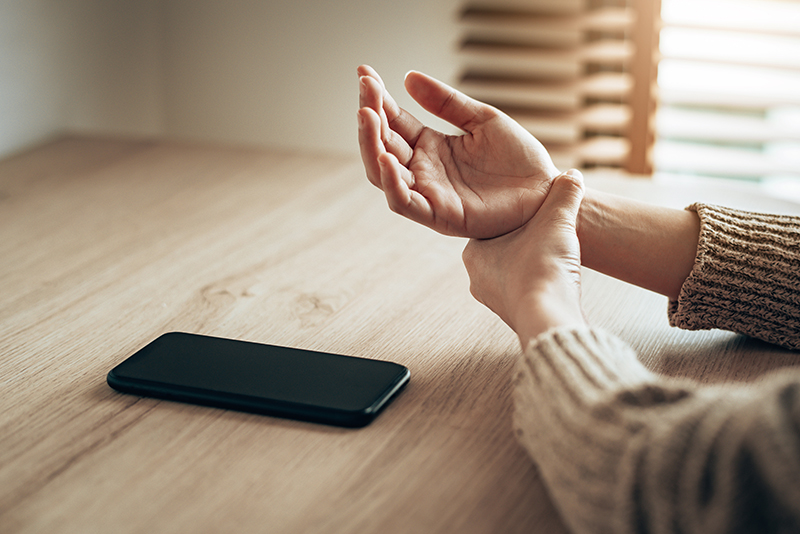In the modern era of desk-bound jobs and extensive screen time, maintaining good posture has become a significant challenge for many individuals. Poor posture can lead to various musculoskeletal issues, such as neck pain, backaches, and even headaches. However, the good news is that with the right approach and a little effort, you can work on improving posture to alleviate this discomfort. In this blog post, we’ll explore seven effective exercises that can help office workers straighten up and embrace a healthier posture.
7 exercises for improving posture
Chin tucks
Chin tucks are simple yet powerful exercises to counteract forward head posture, which is a common problem due to excessive screen usage. To perform a chin tuck, sit or stand with your back straight. Gently retract your chin, bringing it closer to your neck while keeping your eyes level. Hold for a few seconds and repeat this movement for about 10-15 times. Chin tucks strengthen the muscles at the front of your neck, encouraging a more aligned head position.
Thoracic extension
Sitting for prolonged hours often contributes to a rounded upper back. The thoracic extension exercise can help reverse this posture and promote a more upright stance. Sit on the edge of your chair with your feet flat on the floor. Place your hands behind your head and gently arch your upper back backward. Avoid overarching your lower back. Perform 10 repetitions to gradually improve thoracic mobility.
Shoulder blade squeeze
To combat slouched shoulders, practice the shoulder blade squeeze exercise. Sit or stand with your arms relaxed at your sides. Slowly squeeze your shoulder blades together, as if trying to hold a pencil between them. Maintain the squeeze for 5-10 seconds, then release. Repeat this exercise for 10-15 repetitions to strengthen your upper back muscles and open up your chest.
Cat-cow stretch
Adapted from yoga, the cat-cow stretch helps promote flexibility and alignment in the spine. Begin on your hands and knees in a tabletop position. Inhale as you arch your back and lift your head and tailbone (cow pose). Exhale as you round your spine, tuck your chin, and tuck your tailbone under (cat pose). Move between these two positions for 1-2 minutes, focusing on each breath and the gentle movement of your spine.
Seated hip stretch
Tight hip muscles can contribute to poor posture by pulling your pelvis forward. To counter this, try a seated hip stretch. Sit tall on the edge of your chair, cross your right ankle over your left knee, and gently press your right knee towards the floor. Hold this stretch for 20-30 seconds, then switch sides. Regular practice can increase hip flexibility and reduce strain on the lower back.
Wall angels
Wall angels are excellent for strengthening your upper back, shoulders, and improving shoulder mobility. Stand with your back against a wall, your feet about six inches away from the wall. Raise your arms to shoulder level with your elbows bent at 90 degrees, forming a “W” shape. Slowly slide your arms up the wall, then back down. Perform 10-15 repetitions, being mindful of keeping your back and arms against the wall throughout the movement.
Pelvic tilts
Pelvic tilts can help correct anterior pelvic tilt, a common postural issue associated with sitting for extended periods. Lie on your back with your feet flat on the floor and hip-width apart. Gently tilt your pelvis backward to press your lower back into the floor. Hold for a few seconds, then tilt your pelvis forward to create a small arch in your lower back. Repeat this movement for 10-15 times to strengthen your core and achieve a more neutral pelvis position.
Improving posture is essential for well-being
Maintaining good posture is essential for overall health and well-being, especially for those who spend long hours at a desk. By incorporating these seven posture-correcting exercises into your daily routine, you can gradually improve your posture, reduce discomfort, and enhance your quality of life. Remember to be consistent and patient, as it may take time to see significant changes. You might need help from a physiotherapist if your individual efforts to improve posture don’t yield significant results. Book an appointment with one of our practitioners to start improving posture once and for all!







